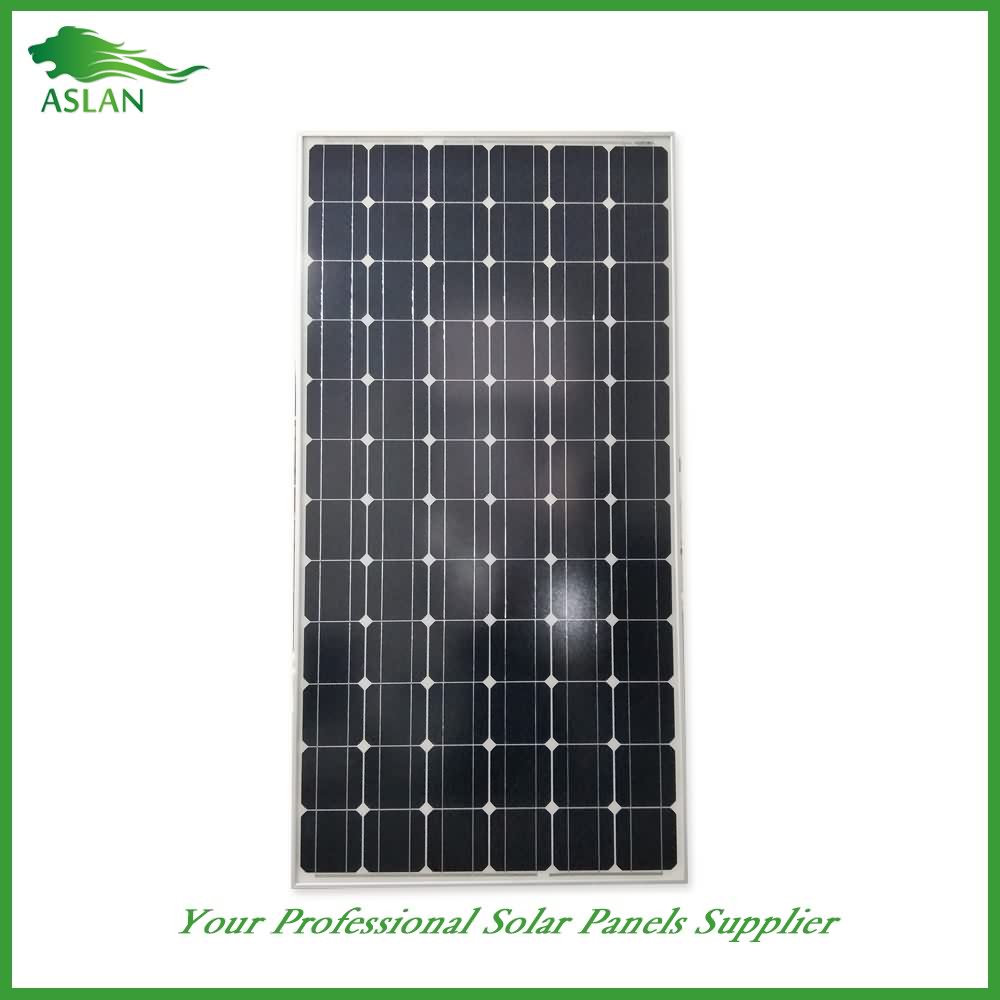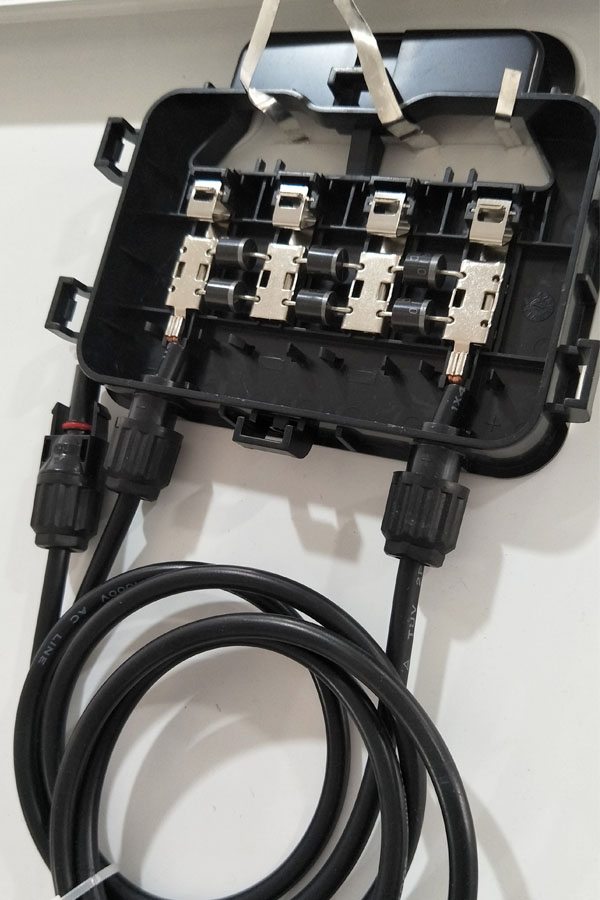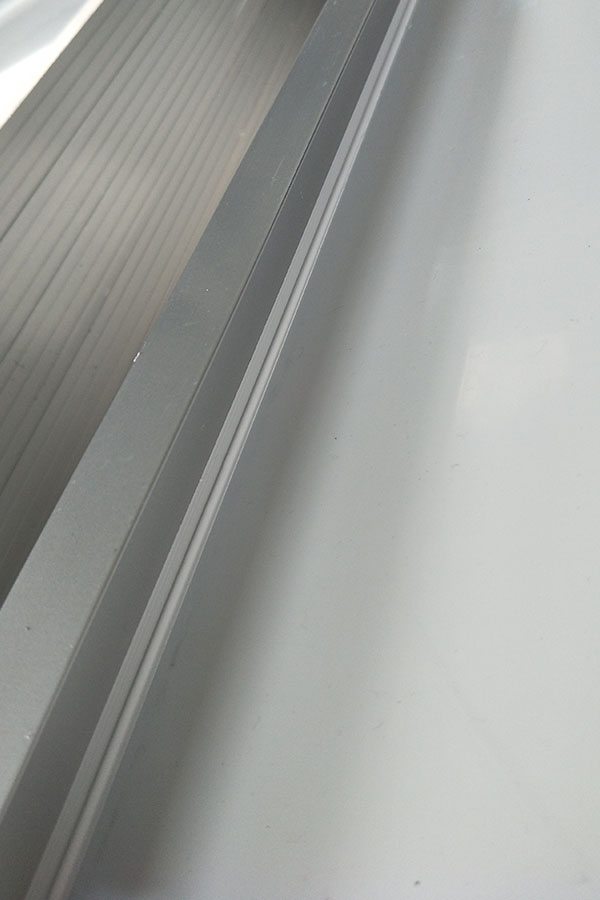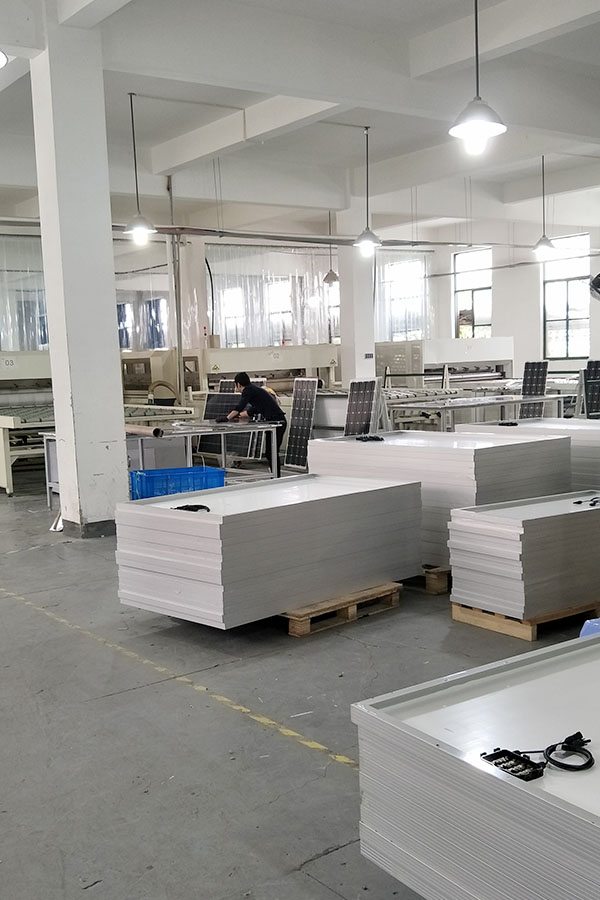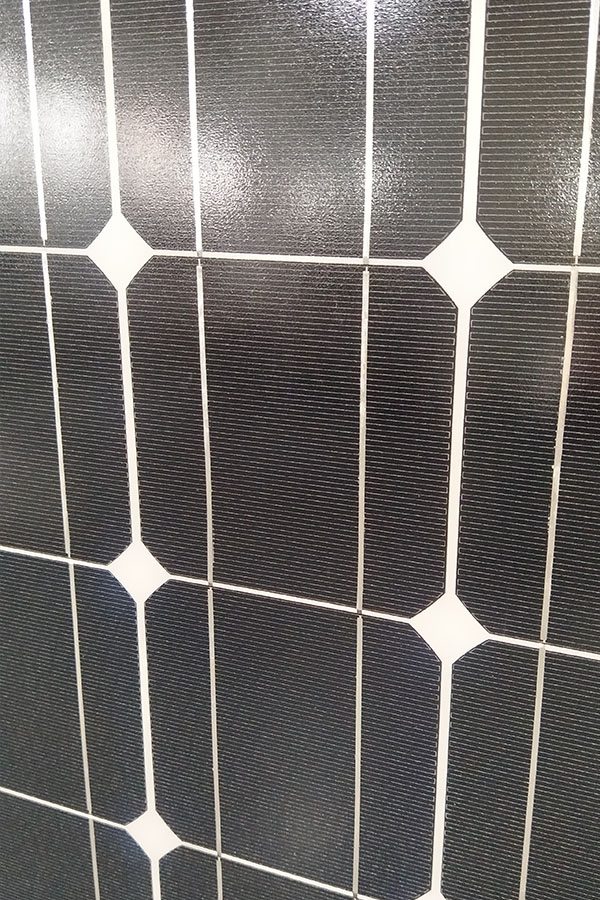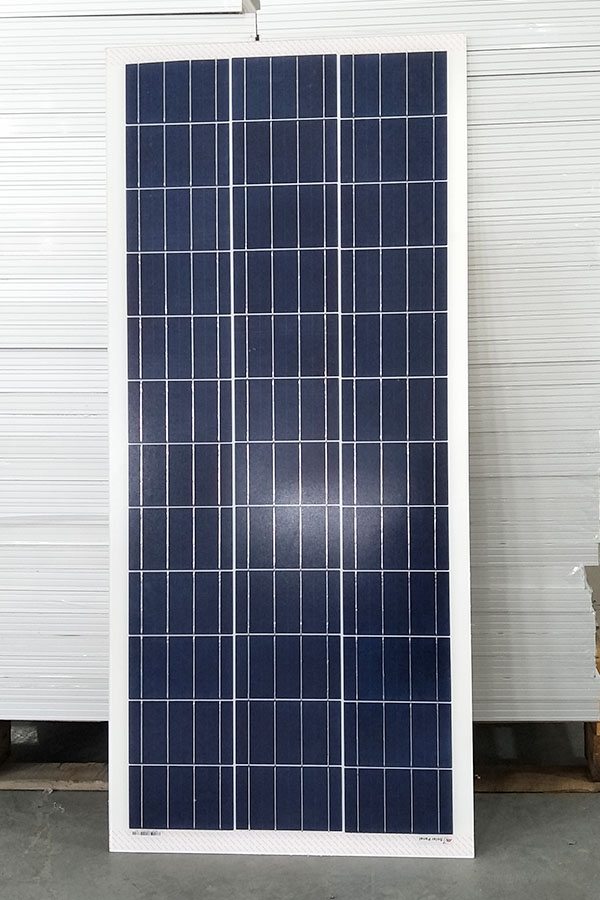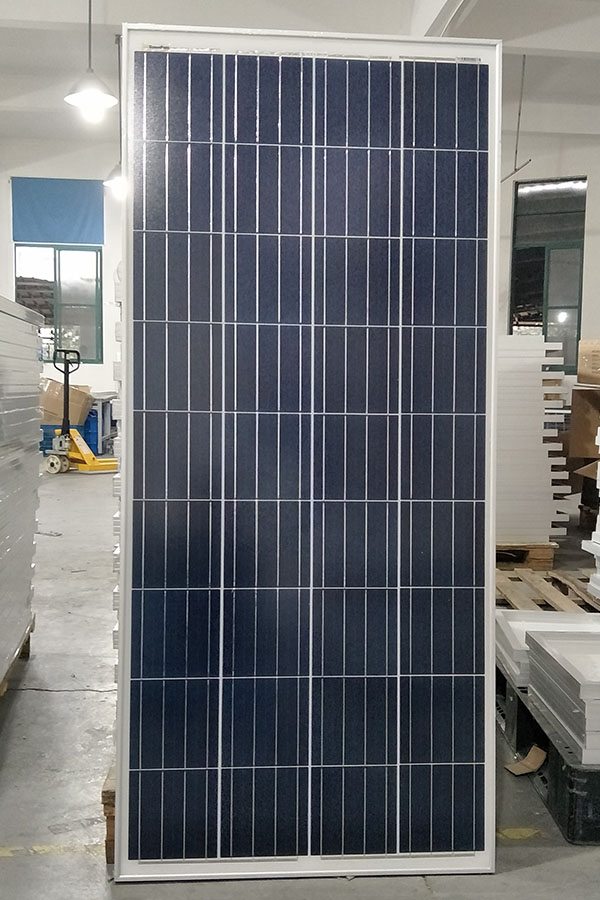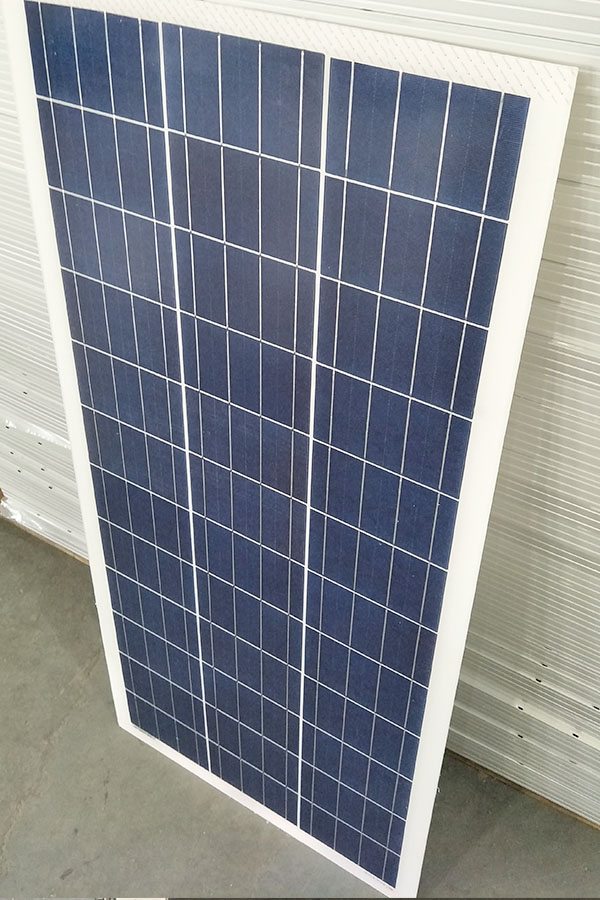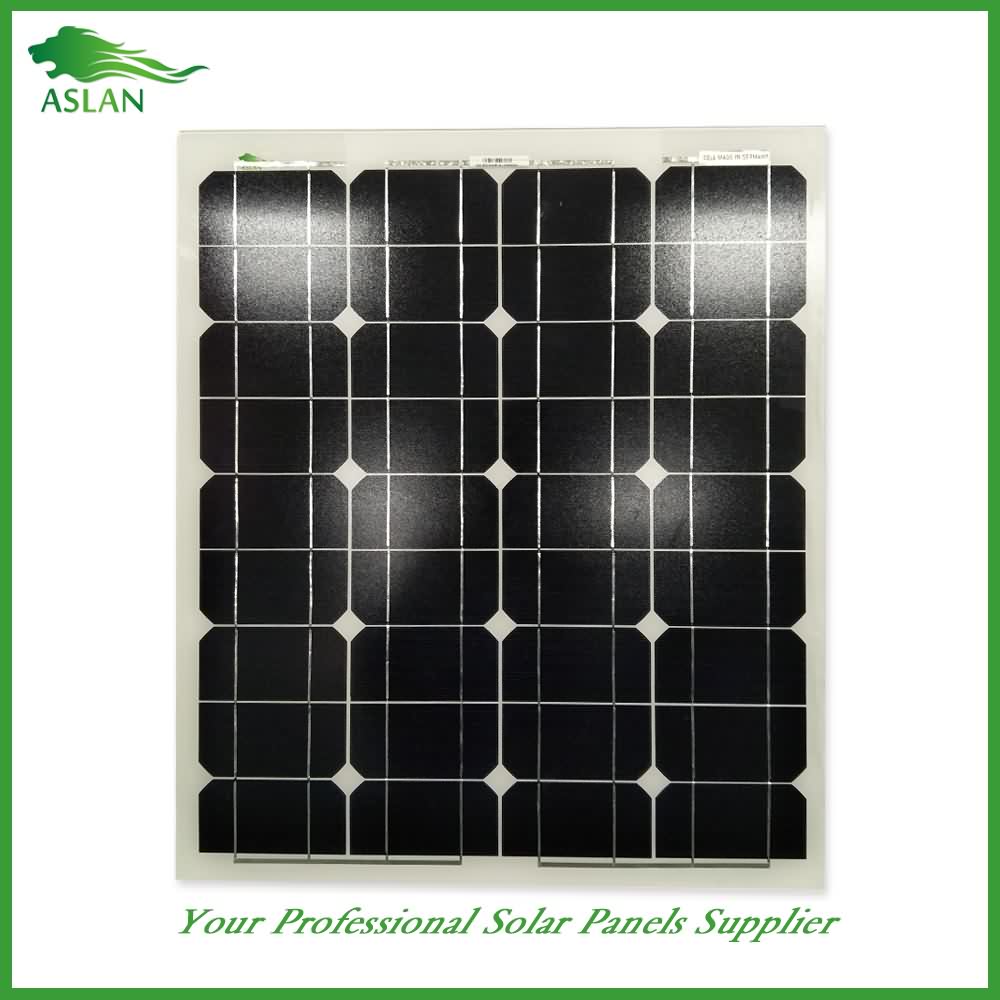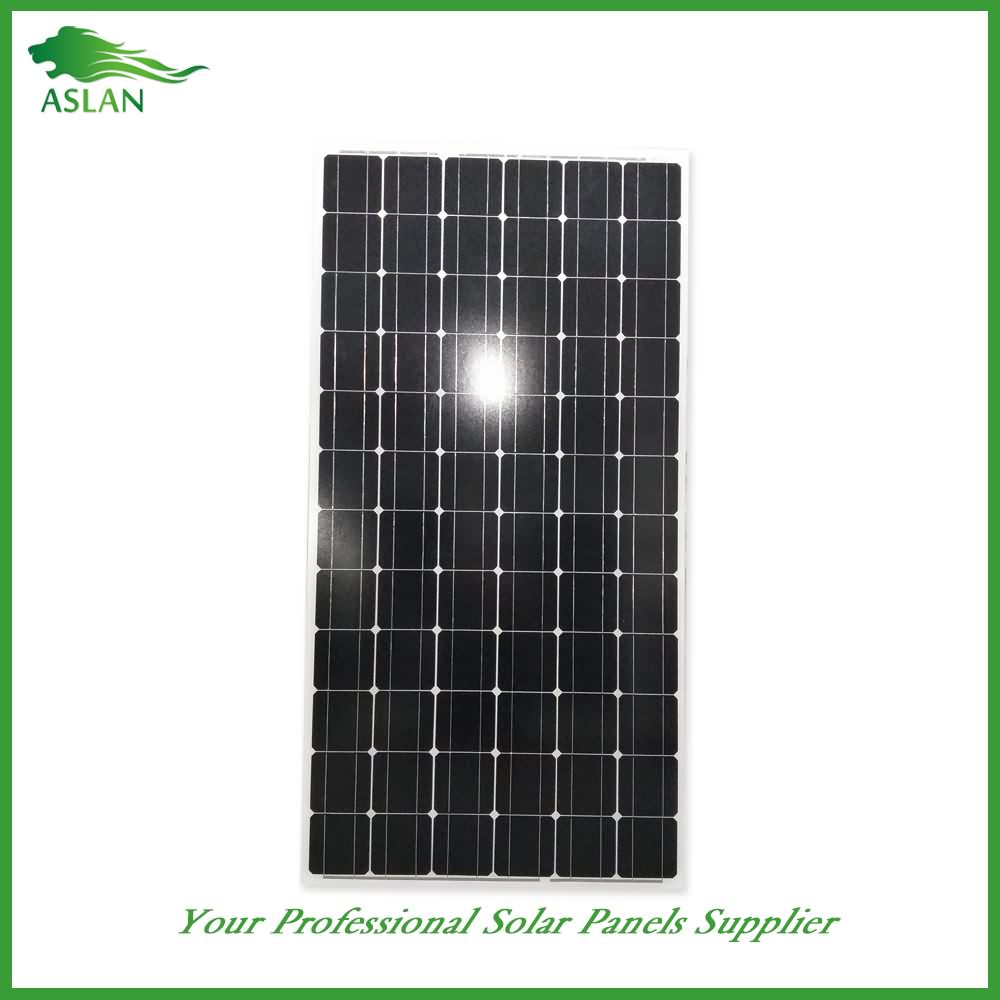15 Years Factory Mono-Crystalline 300W Solar Panel for Swiss Importers
Short Description:
We pursue the management tenet of "Quality is superior, Service is supreme, Reputation is first", and will sincerely create and share success with all clients for 15 Years Factory Mono-Crystalline 300W Solar Panel for Swiss Importers, We warmly welcome you to establish cooperation and create a bright future together with us
Mono-Crystalline 300W Solar Panel
Technical parameter
Maximum Power(W) 300W
Optimum Power Voltage(Vmp) 37.45V
Optimum Operating Current(Imp) 8.15A
Open Circuit Voltage(Voc) 45.60V
Short Circuit Current(Isc) 8.91A
Mechanical Characteristics
Cell Type Monocrystalline 156x156mm (6 inch)
No of Cell 72 (6x12pcs)
Dimensions 1950x990x50mm
Weight 22.1Kg
Front Glass 3.2mm,High Transmission, Low Iron,Tempered Glass
Junction box IP65 Rated
Output Cable TUV 1×4.0mm2/UL12AWG,Length:900mm
Temperature and Coefficients
Operating Temperature(°C): -40°C ~ + 85°C
Maximum System Voltage: 600V(UL)/1000V(IEC) DC
Maximum Rated Current Series: 15A
Temperature Coefficients of Pmax: -0.47%
Temperature Coefficients of Voc: -0.389%
Temperature Coefficients of Isc: 0.057%
Nominal Operationg Cell Temperature (NOCT): 47+/-2°C
Materials of solar panel
1).Solar Cell——Mono-crystalline solar cell 156*156mm
2).Front Glass——-3.2mm, high transmission, low iron, tempered glass
3).EVA——-excellent anti-aging EVA
4).TPT——-TPT hot seal made of flame resistance
5).Frame——anodized aluminum profile
6).Junction Box——-IP65 rated, high quality, with diode protection
Superiority: high quality anodized aluminum frame, high efficiency long life, easy installation, strong wind resistance, strong hail resistance.
Features
1. High cell efficiency with quality silicon materials for long term output stability
2. Strictly quality control ensure the stability and reliability, totally 23 QC procedures
3. High transmittance low iron tempered glass with enhanced stiffness and impact resistance
4. Both Polycrystalline and Mono-crystalline
5. Excellent performance in harsh weather
6. Outstanding electrical performance under high temperature and low irradiance
Quality assurance testing
Thermal cycling test
Thermal shock test
Thermal/Freezing and high humidity cycling test
Electrical isolation test
Hail impact test
Mechanical, wind and twist loading test
Salt mist test
Light and water-exposure test
Moist carbon dioxide/sulphur dioxide
http://www.SolarEnergyGuide.net – How to Make a Homemade Solar Panel
Solar panels, unlike before, are cheap and easy to install with great efficiency. With this advent, you
can save big money as well as help save the environment. A DIY kit is available and has an easy to
follow instruction with them. What you need is some simple tools and you’re done.
Here is your guide to make a homemade solar panel:
1. First, you must know the loads of your solar panel and the package that is affordable to you. One
watt of solar panel module will coast you about $25 and a 200 watts module is around $1000. If you need
more power, you can connect this to form a collector to produce your desired power needs. Electrical
connections are made in series to achieve a desired output voltage and/or in parallel to provide a
desired amount of current capability.
2. After selecting the solar panel modules, you need a charge controller which is an important system
component that regulates the voltage generated by the solar panel. This will regulate your power and
provide protection to the batteries from being over or under-charged.
3. Next, you need a solar inverter this will convert 12 volt DC (direct current) from solar panel to 125
volts AC (alternating current) which will feed your appliances. Some high end inverters combine an
inverter, battery charger and dual transfer switch in one package.
4. Batteries are needed if there is no sun or there is a blackout in your area. Typically, lead acid
batteries are use because of performance and cost. Newer lead-acid battery is called maintenance free
and this does not require water addition, but this is expensive. The battery is one of the first
components of your solar panel to be replaced. Usually, a battery can have 200 to 300 charge/discharge
cycle because of corrosion and depletion of active materials. So, be prepared to change batteries in
about a year. Typical price of batteries ranges from 100 to 500 dollars.
5. Also, you must consider the battery enclosure as this are toxic and can explode. Solar PV
(Photovoltaic) Panel Mounting System is where your panel will be installed. You can choose either at the
roof, pole, or at the ground. There are so many designs to choose from and some have motors to track the
sun.
6. The last, but certainly the most important one, is that make sure to have your wire connection
checked by qualified technician. Faulty electrical wiring is the most common fire hazard today.
Now that you know how to make a homemade solar panel, you can now start this DIY project with ease. It’s
affordable and simple without having to worry about your monthly expenditure on electricity anymore.
You can definitely save money and the environment by making a homemade solar panel at your own home. It
is a fun, enriching, and worthy project to undertake.
If you want to know more about the easy and step-by-step guide on building and installing your own solar
panels at home, just Click Here.
How to Make a Homemade Solar Panel How to Make Homemade Solar Panel advantages alternative benefits bill
build cell cells cheap conservation cost costs diy earth earth4energy earthenergy efficiency efficient
electric electricity eliminate energy environment free fuel generate generator global green grid heat
heater help home homemade house how instructions kits live make manufacturer market money natural panel
panels plant power renewable residential resources review save scam sell solar sun system
http://www.renvu.com/Solar-Products/Mono-Poly-Crystalline-Solar-Modules/PEIMAR-SG300M-300W-Mono-40mm-Black-Frame-60-Cell
PEIMAR is committed to the future of solar energy and the high quality of their photovoltaic (PV) products. Thus, they are proud to announce the opening of their new production line, sited in Brescia, Italy. It will be producing over 60mW/year in their mono and poly crystalline modules.
